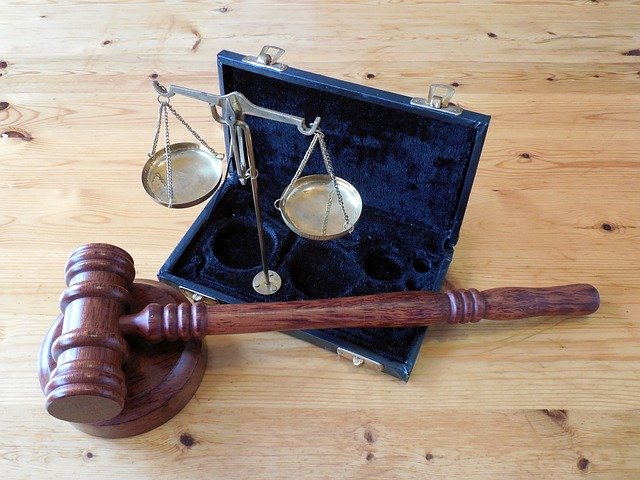Opposing a Cyprus National Trademark registration, the procedure under the Amended Trademarks Act.
Intellectual Property series
The Cyprus Trademarks Act Cap. 268 was enacted during the era of the Colonial Government of Cyprus, when Cyprus was a Colony of the British Crown.
The Cyprus Trademarks Act was modeled under the British Trademarks Act of 1938 and, although it has been amended five times since 1951, those amendments have been mostly minor with exception to the amendments that took place in 2000and 2006.
On 12 June 2020, the Trademarks Act was heavily amended by Act 63(I)/2020).Although it is still called ‘The Trademarks Act Cap 268’, the amended act can be perceived as a totally new act, given its radical amendments to several fundamental trademark matters.
One of the main fundamental changes was to the opposition procedure, which was modelled under the British Trademarks Act 1938 and the statutory instrument that followed (the Trademark Rules of 1951).
To give effect to the new procedure, the legislature had to enact new Trademark Rules. The new Rules were enacted on 16 June 2022 as the Trademark Rules of 2020.The Trademark Rules of 2020 repealed the Trademark Rules of 1951.
Under the new Trademarks Rules, the opposition procedure followed by the Cyprus National Trademark Office has been changed. The old procedure was modelled under the Colonial British Trademarks Act of 1938 while the new procedure is modelled under the procedures followed by the European Union Intellectual Property Office (EUIPO) for European Trademarks. Besides the introduction of a new procedure the new law has inserted the element of a cooling-off period and encourages parties to seek an amicable solution in the dispute. Moreover, the element of the request of statement of use has been introduced in line with the Regulation 1001/2017.
Once the Registrar examines the application to register a new trademark and approves it, the Registrar publishes its intention to register the trademark on the website of the Registry, giving third parties have a period of three monthsfrom the date of publication in order to file an opposition.
Under the previous procedure, the pleadings, the filling of evidence and the legal arguments were separated in three different stages, while under the new procedure, the pleadings, the filling of evidence and the legal arguments take place simultaneously. Although the new procedure could be faster and modern, the old procedure was a safeguard to the proper administration of justice. In a procedure where a witness is unlikely to appear before the Registrar and provide evidence in person, but where evidence is procured via affidavits or appendixes, the ability to manipulate the truth may be easier. On the other hand, when the quasi litigators are presenting their respective case in stages, it is easier for the litigator who states the truth to expose its counterparty. This could be the biggest disadvantage of the new procedure. The main advantage of the new procedure is that it is modelled under the procedure modelled by EUIPO and Cyprus lawyers who handle trademark oppositions will not be required to practice in two totally different procedures.
In conclusion, it is with some certainty that lawyers will find the harmonisation with Regulation 1001/2017 of importance. However, some lawyers will miss the advantages of the old procedure.
This article first appeared on the website of the Intellectual Property and Entertainment Law Committee of the Legal Practice Division of the International Bar Association, and is reproduced by kind permission of the International Bar Association, London, UK. © International Bar Association.
Other Articles on the same series
The “METAMASK” Case R 1657/2024-1

The "Medaverse Drinks" case R 2356/2022-2

Conversation of an EU trademark when the application has been withdrawn within the Appeal period. The Nightwatch case.

Trademarks and Types of Trademarks

“Each day provides its own gifts.”
–Marcus Aurelius
© Copyright MICHAELIDOU & CONSTANTINOU L.L.C



